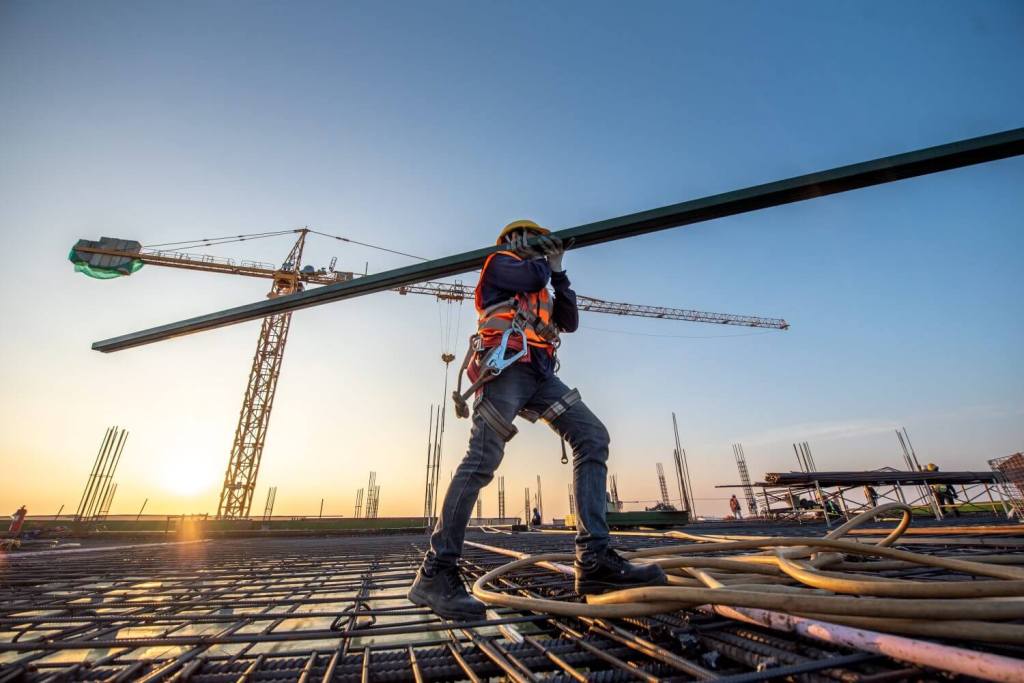Over half (52 per cent) of tradespeople have recorded lower profits than expected in 2024, according to data from the Federation of Master Builders (FMB).
But why is this happening? And are there any signs of improvement for the remainder of the year? Read on to find out which trades are most affected and what sectors are showing signs of resilience.
FMB surveyed their members measuring three key indicators to help understand the construction sector’s performance:
Prices and cost of materials
The cost of living crisis and record-high inflation has meant that prices have increased in most industries since 2022. But the construction industry has been dealing with rising costs for a while longer.
Between July 2020 and July 2022, the cost of materials for construction workers rose by 46 per cent. And before that, post-Brexit import charges and supply chain issues caused a national slow down in productivity.
With that context in mind, the latest surge in prices could be considered a blow for many in the industry.
Two thirds of of FMB members (66 per cent) said that they’ve seen the cost of materials rise in the first half of the year. While 60 per cent also reported an increase in wages and salaries.
What’s the impact of rising costs for tradespeople?
These recent rises have led to over half of tradespeople (52 per cent) saying their profit margins so far this year are lower than they were anticipating. And according to the data, tradespeople are responding in a few different ways:
- 67 per cent have increased their prices
- 22 per cent are holding off on hiring new staff
- 10 per cent have made redundancies or terminated employees’ contracts
If you’re in a situation where setting higher prices is unavoidable, our guide on telling your customers about a price increase could be useful.
Employment and labour shortage
The skills shortage is an ongoing issue in the construction industry. So it’s no surprise that 43 per cent of respondents said that a shortage of skilled workers has resulted in them delaying work in the past three months.
But the data does show some green shoots of positivity with over half (54 per cent) saying there’s been no change in employment levels in the last few months. While current employment levels are still lower than before the Covid-19 pandemic, it appears that the issue is no longer worsening.
When you look closer at the data, there are some interesting employment trends for specific trades. These are the top three trades employers have struggled to hire in the past three months:
- Carpenters
- Bricklayers
- General labourers
On the other hand, the number of painter and decorators being hired has increased by 11 per cent.
Construction sector market conditions
The report also gives some insight into workloads and enquiries across the UK to gauge productivity in the construction sector. Overall, market conditions are stable, with slight increases in workloads and a small decrease in total enquiries this past quarter.
However, when looking at the trade-specific trends, you can see that the picture is not the same for all sections of the industry.
An area of construction that has experienced a slight increase in workload is in repair, maintenance, and improvement. It shows a one per cent increase in workload this quarter, while other areas like house building and industrial or commercial work experienced decreases of 12 and 11 per cent respectively over the same period.
“This quarter’s data reflects quite a stable environment, particularly when compared to the ups and downs of recent years. Members are continuing to recover from low workloads and enquiries experienced in the latter part of 2023, but the market is still far from positive.
“When we look at the different sectors, the repair, maintenance, and improvement sector is slightly improved, boosting overall workloads and enquiries, but house builders continue to have a tough time and are in need of a boost.”
Brian Berry, CEO of FMB
This makes the involvement of small builders in the government’s plans to build 1.5 million homes even more important.
What do you think of the findings from the report? Let us know in the comments.
More useful guides for tradespeople
- What is the CIS?
- What is a CSCS card?
- Working at height regulations
- What is public liability insurance?
bannafarsai/stock.adobe.com
Ready to set up your cover?
As one of the UK’s biggest business insurance providers, we specialise in public liability insurance and protect more trades than anybody else. Why not take a look now and build a quick, tailored quote?

This block is configured using JavaScript. A preview is not available in the editor.